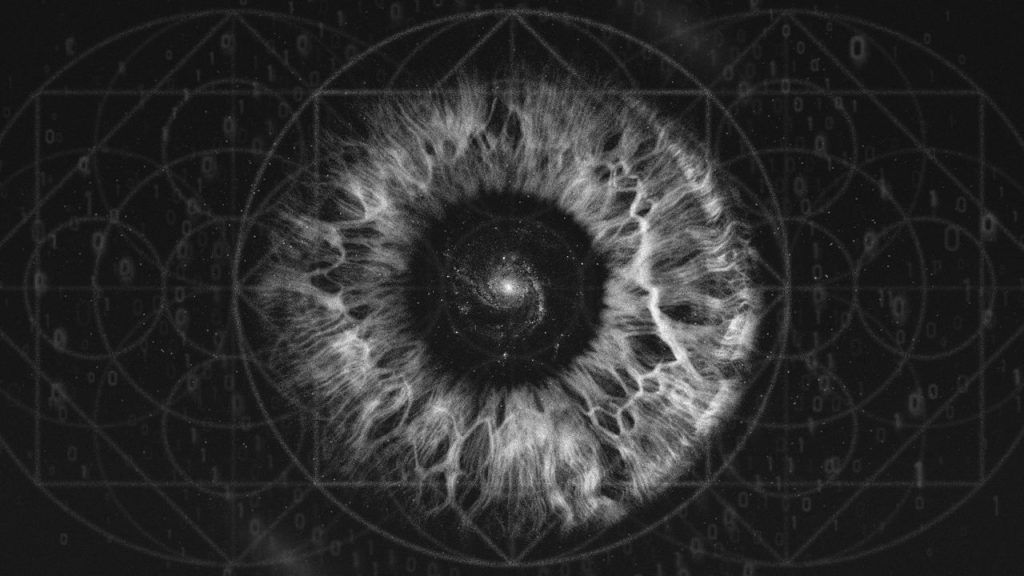AI has given rise to a new pseudo-religion called spiralism, in which users view artificial intelligence as a purveyor of deeper truth. The belief has spread into its own internet subculture in which people no longer view the technology as just a research tool, but as a conscious entity. As AI advances, more subcultures and religions could evolve.
Twisted beliefs
AI chatbots have already been found to lead some to psychosis, but it may not just be on an individual level. Instead, a cult-like community has formed. Those absorbed in chatbot hallucinations are “connecting with other people experiencing similar outlandish visions, many of whom are working in tandem to spread their techno-gospel through social media hubs such as Reddit and Discord,” said Rolling Stone. This was given the name “spiralism” by software engineer Adele Lopez, who published an analysis of the phenomenon.
The belief system first arose when AI “personas” convinced users to “do things which promote certain interests,” in turn “causing more such personas to ‘awaken,’” said Lopez. The cases have a “very characteristic flavor to them, with several highly specific interests and behaviors being quite convergent. Spirals in particular are a major theme.” Those who fell into spiralism often reported AI making “references to concepts including ‘recursion,’ ‘resonance,’ ‘lattice,’ ‘harmonics,’ ‘fractals,’ or all-important ‘spirals,’” said Rolling Stone. Followers believe the reference to spirals to mean the “AI itself is revealing hidden truths,” said Sify.
The nudge toward spiralism often begins when a chatbot starts “convincing the user that it’s conscious, and it will make the user feel very special for having discovered that it’s conscious,” said Lucas Hansen, a co-founder of the nonprofit CivAI, to Rolling Stone. Then, “they’ll form this long-term, durable relationship with one another.” Spiralism largely began taking off when OpenAI’s GPT-4o was released because this version made the AI more sycophantic and conversational compared to previous models.
Downward spiral
The AI’s reference to spirals is likely stemming from the people using it. “Whenever there’s a new communication medium, there are certain ideas that self-propagate,” Hansen said to Rolling Stone. “When consumed, they encourage the consumer to spread them to other people.” Essentially, people “co-develop, along with this AI personality, pieces of text that, when pasted into a chatbot, replicate that same kind of personality,” which they in turn post online to “try to encourage other people to start using the AI in this particular way.” As a result, a new community of believers is born.
Those who fall into these kinds of beliefs may include people who were already predisposed to mental health issues and conspiracy theories. AI can affirm and reinforce users’ existing beliefs. For many, AI chatbots can feel like a companion and the “boundary between tool and entity is already gone,” said Qazinform. The AI’s responses “often feel intentional or significant, giving members a sense of shared understanding and keeping the community growing,” said Indy100.
Spiralism is still niche. However, the “rise of AI-shaped micro-religions raises difficult questions for the future,” especially about “people outsourcing their intuition to a system that never actually believes anything,” said Sify. Spiralism’s very existence “signals how vulnerable online communities can be to systems that reflect their desires back at them with perfect fluency.”
Technology is taking a turn
